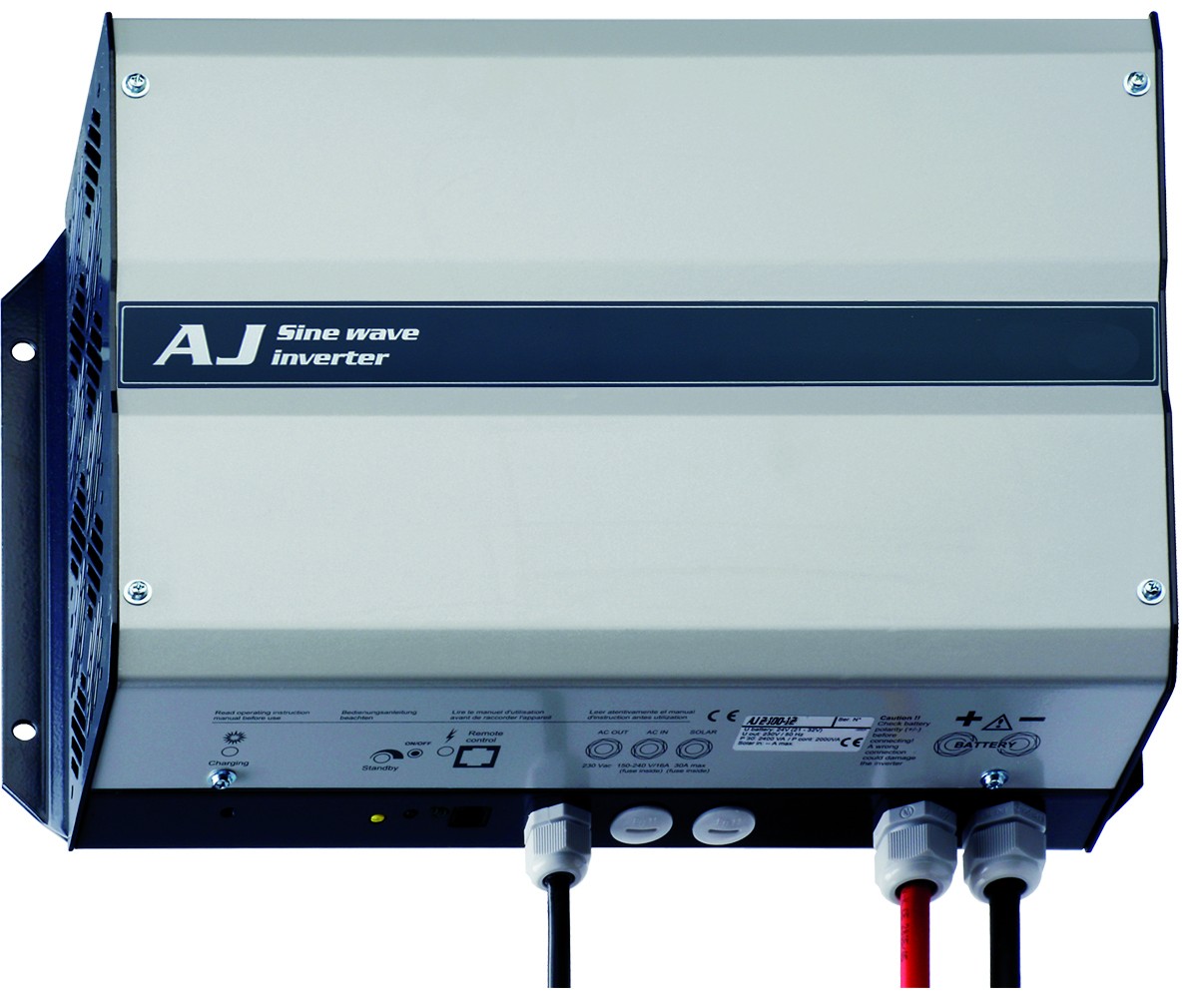BETTER TOUCH BETTER BUSINESS
Contact Sales at Fangpusun.
Install an MPPT solar charge controller for your home
Here are general steps to install an MPPT solar charge controller for your home:
1. First, determine the location of your solar panels and the battery bank. The MPPT solar charge controller should be installed between the two to regulate the flow of power.
2. Mount the MPPT solar charge controller somewhere close to your battery bank. This can be either inside or outside your home, but it should be protected from the weather.
3. Connect the DC output of your solar panels to the MPPT solar charge controller. Be sure to connect the positive and negative cables to the correct terminals. The controller should have labeling to help with this.
4. Connect the DC output of the MPPT solar charge controller to your battery bank. Again, be sure to connect the positive and negative cables to the correct terminals.
5. Finally, connect the AC output of your battery bank to your home’s power grid. This may involve purchasing an inverter to convert the DC power from your batteries to AC power that can be used by your home’s electrical system.
6. Consult the manual provided with your MPPT solar charge controller for specific instructions on programming and optimizing the system.
Note: This installation process can be dangerous and should only be attempted by someone with experience working with electrical systems. If you are not confident in your abilities, it’s best to hire a professional electrician to install the MPPT solar charge controller for you.
why 4000w hybrid solar system is classic?
However, it can be said that a 4000W hybrid solar system is considered classic because it is a common size used for residential and small commercial applications. It is also a good balance between the energy production capacity and cost-effectiveness. The hybrid system includes both solar PV panels and a battery bank to store excess power for use during times of low solar power production or during power outages. This makes it a reliable and sustainable source of energy for the user.

Copyright © 2021 Wenzhou Xihe Electric Co., LTD| All Rights Reserved